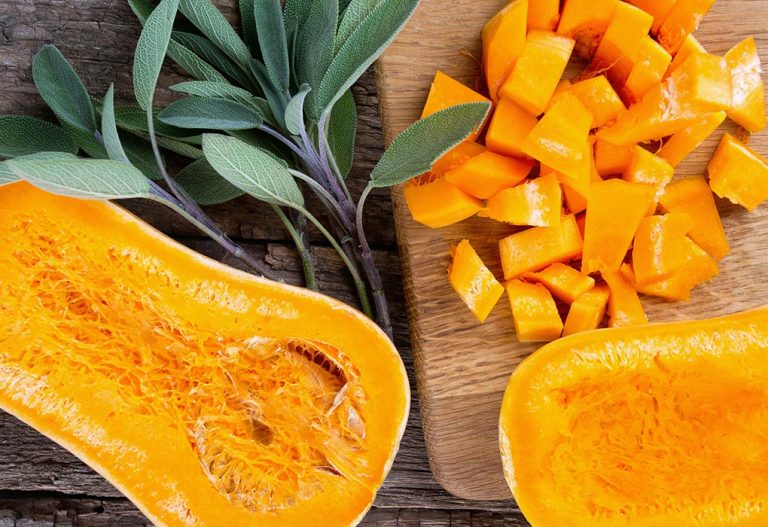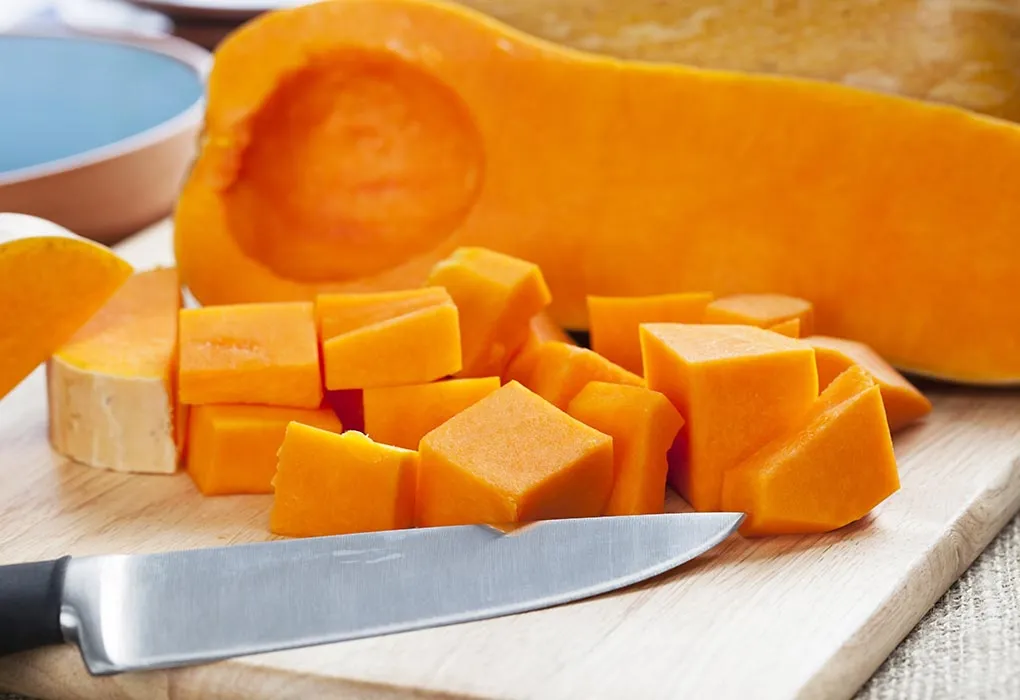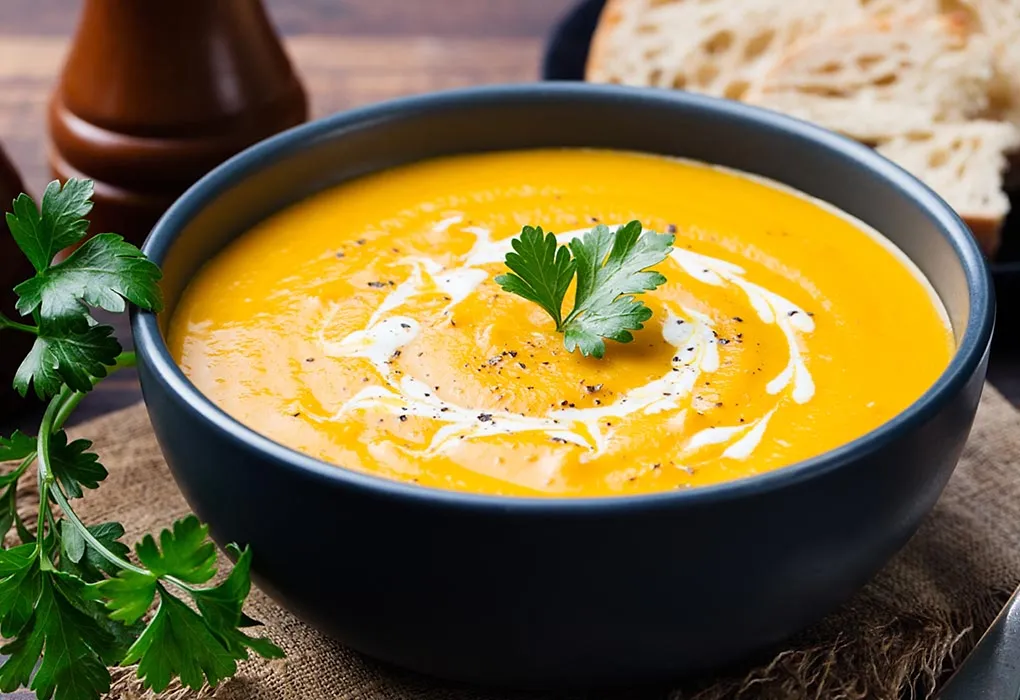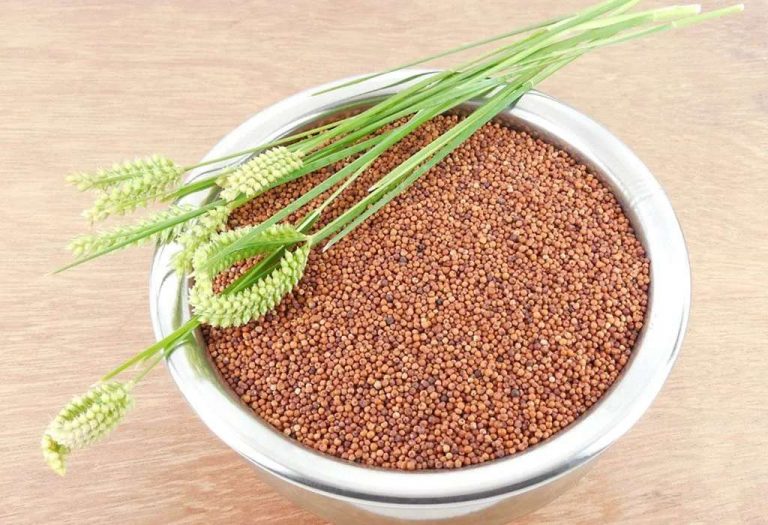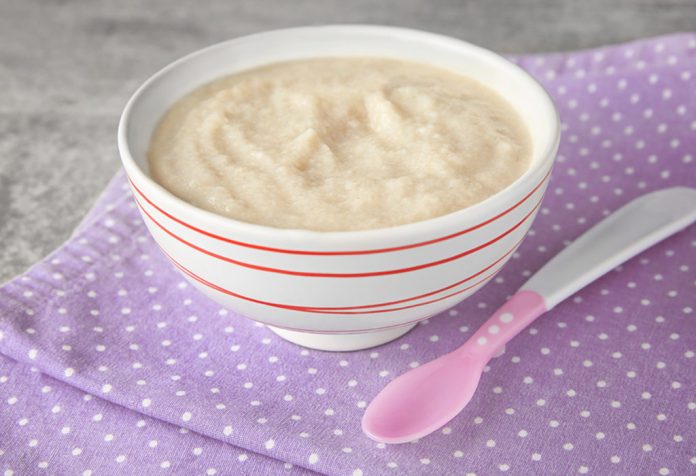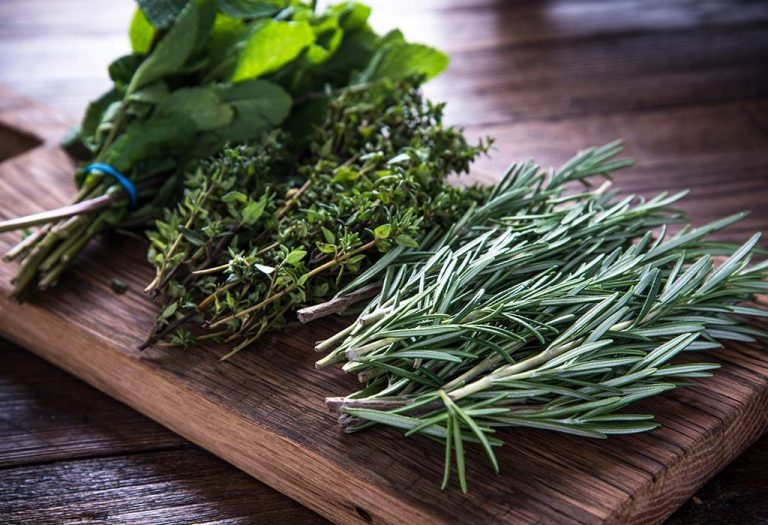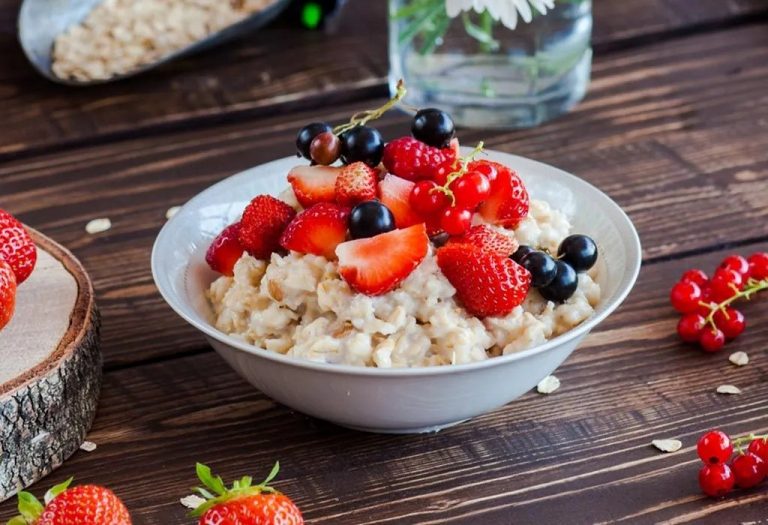Butternut Squash for Babies – Health Benefits and Recipes

One of the more common winter squash varieties, butternut squash, is a good source of fibre and potassium and aids in digestion, blood pressure, healthy skin, and healthy hair. In Australia and New Zealand, butternut squash is known as butternut pumpkin, and recipes from all over the world feature this delicious squash. This versatile ingredient can be used to prepare sweet and savoury dishes and is a favourite amongst mothers who are weaning their kids onto solid foods. In this article, we will share the health benefits of butternut squash for infants and some delicious and easy-to-prepare recipes. Read on to learn how to make the most of this superfood for your baby.
When to Introduce Butternut Squash to Infants?
Babies at six months are ready to start a solid diet, and butternut squash is perfect for your baby’s first solid food. Always consult with your doctor if your child has allergies, but in general, butternut squash is loved and appreciated by moms and babies alike.
Nutritional Value of Butternut Squash
The nutritional value of cubed and cooked butternut squash in one cup (205 g) is given below (1):
| Nutrient | Value |
| Calories | 82 |
| Protein | 1.8 g |
| Fat | 0.18 g |
| Carbohydrates | 21.50 g |
| Sugar | 4 g |
| Fibre | 6.6 g |
| Calcium | 84 mg |
| Iron | 1.23 mg |
| Potassium | 582 mg |
| Magnesium | 59 mg |
| Phosphorus | 55 mg |
| Vitamin C | 31 mg |
| Vitamin A | 1144 mcg |
Butternut Squash Benefits for Babies
Some of the health benefits of butternut squash for kids are:
1. Antimicrobial Activities
Butternut squash can significantly reduce the number of diseases caused by bacteria and viruses. It can also guard against fungal infections.
2. Reduces Inflammation
Butternut squash contains omega-3 fats in the form of alpha-linolenic acid, which helps reduce inflammation (3).
3. Aids in Digestion
Butternut squash is perfect for aiding digestion as it contains a lot of fibre. This will help your child have regular bowel movements and will reduce the chances of constipation (2).
4. Good for Eyesight
Vitamin A and Beta-Carotene improve children’s eyesight, and this vegetable is rich in both of these nutrients (4).
5. Antioxidant Activity
As antioxidants reduce the activity of free radicals in the body, the antioxidants present in butternut squash are essential for children.
How to Choose and Store Butternut Squash for Baby Food?
Here are some tips on how to choose a good butternut squash for baby and how to store it properly:
1. How to Choose
Butternut squash is best if its skin is smooth and firm with no damage. There should be no soft spots, bruises, or cracks. If you buy butternut squash already peeled and cut, the flesh should be a deep orange.
2. How to Store
Butternut squash can be stored for up to four months if kept in a cool and dry place.
How to Cook Butternut Squash for Your Child
Cooking butternut squash for baby is simple, offering a nutritious addition to their meals. You can prepare the butternut squash for your child in different ways. Here are a few of them:
1. Roasting
Preheat your oven to 350° Fahrenheit and cut the squash lengthwise. Once halved, remove the seeds and fibrous strings and throw them out. Place the squash cut side on a baking tray and pour some water on it. Roast until tender. The bigger the squash, the longer the roasting time.
2. Steaming
If you wonder how to steam butternut squash for a baby, we have the answer. After cutting, peel the butternut squash and chop it into cubes. Add the pieces into a vegetable steamer and steam until tender.
3. Boiling
Peel, cut the squash, and boil for about 20 minutes until soft and tender.
Butternut Squash and Baby Food Combinations
Once your baby is old enough, you can use these ideas to put together some healthy meals for him. Use the following combo to make some delicious butternut squash puree for baby:
- Cooked apple
- Grated cheese
- Cooked sweet potatoes
- Cooked ripe bananas
- Cooked carrots
- Cooked pear
- Creamy peanut butter
Delicious Butternut Squash Recipes for Babies
Here are some scrumptious butternut squash recipes for babies:
1. Vanilla and Butternut Squash Soup
This butternut squash soup for babies is simply irresistible.
Ingredients
- One cup of butternut squash, peeled and cut
- Quarter onion, finely chopped
- One pinch of pepper
- Vanilla extract
How to Prepare
- Pour some oil into a pan and saute the onions until tender.
- Add the butternut squash and a pinch of ground pepper, and then saute for 10 minutes or until everything is lightly roasted.
- Add water until the squash is just covered and bring to a boil.
- Lower the heat to a simmer, cover and let it cook for about 10 minutes or until the squash is soft.
- Add the vanilla extract and continue to simmer for another 10 to 15 minutes.
- Let the mixture cool and blend until you have a creamy puree.
- Serve this yummy soup to your baby.
2. Butternut Squash Daal
This healthy and hearty butternut squash baby food will have your little one eager for more.
Ingredients
- Half of a medium-sized butternut squash, baked and mashed
- 3/4 cup of red lentils
- One small piece of fresh ginger, peeled
- A pinch of turmeric
- A pinch of cinnamon
- 1½ cups of water
How to Prepare
- Mix the lentils with the turmeric and cinnamon in a saucepan, and add some water.
- Bring this mixture to a boil and then reduce the heat to a simmer, cooking the lentils until everything is soft and mushy and all the water is absorbed.
- Stir in the mashed squash and mix well.
- Serve to your baby and watch him enjoy.
3. Butternut Bows
It is preferable to use whole grain pasta for this recipe. If your baby is more fond of the spiral pasta or the shell-shaped ones, you can use those instead of the bow-shaped pasta.
Ingredients
- Half a cup of pasta
- Half a cup roasted butternut squash
- One pinch of nutmeg
- One pinch of sage
- Unsweetened apple juice
How to Prepare
- Blend the squash, nutmeg, and sage in a blender. Add just enough apple juice to give the mix a saucy consistency.
- Warm this puree and then serve it over the cooked pasta.
4. Butternut Squash Ice Cream
Your baby is not going to be able to tell that this sweet treat is actually a part of her daily vegetable ration.
Ingredients
- Half a cup of roasted butternut squash puree
- One drop of vanilla extract
How to Prepare
- Stir the vanilla into the butternut puree and then store it in the freezer
- Just before it reaches the point of freezing, remove it from the freezer and serve it to your baby.
5. Butternut Squash and Carrot Soup
This warm and nourishing soup combines the earthy flavours of butternut squash and carrots, making it a comforting meal for your baby.
Ingredients
- 1 cup butternut squash, peeled and diced
- 1/2 cup carrots, peeled and diced
- 1 small potato, peeled and diced
- 2 cups water or low-sodium vegetable broth
How to Prepare
- Add the butternut squash, carrots, and potato to a pot with water or broth.
- Bring to a boil, then reduce the heat and simmer for 20-25 minutes until all the vegetables are tender.
- Puree the soup with an immersion blender until smooth.
- Let it cool slightly before serving to your baby.
FAQs
1. Can babies have butternut squash allergies?
Though rare, babies can be allergic to butternut squash. If your baby has a bad reaction, stop giving him the squash and consult a doctor.
2. Can butternut squash cause constipation in my baby?
As butternut squash is rich in fibres, it is more likely to prevent your child from getting constipated (5).
3. Are butternut squash seeds good for my child?
Butternut squash is good for babies, and its seeds are rich in minerals, protein, mono-unsaturated fats, etc. However, they are hard and unsuitable for your baby as they are a choking hazard.
Since butternut squash is related to cucumbers and melons, they can be made into sweet and savoury dishes for your baby. The rich and velvety fruit is so versatile that you can be sure your baby will remain fit and healthy if you keep making sure that butternut squash is a part of his diet. Fussy eaters cannot resist the sweet and nutty flavour of this healthy vegetable. Make sure you try this one using the delicious recipes and make it a part of your family’s diet.
References/Resources:
1. Squash, winter, butternut, cooked, baked, without salt; U.S. DEPARTMENT OF AGRICULTURE; https://fdc.nal.usda.gov/fdc-app.html#/food-details/169296/nutrients
2. Health benefits of winter squash and ways you can cook them; UC Davis Health; https://health.ucdavis.edu/blog/good-food/health-benefits-of-winter-squash-and-ways-you-can-cook-them/2023/11#
3. Winter Squash; Harvard T.H. Chan School of Public Health; https://nutritionsource.hsph.harvard.edu/food-features/winter-squash/
4. Enjoy the taste and health benefits of winter squash; Michigan State University; https://www.canr.msu.edu/news/enjoy_the_taste_and_health_benefits_of_winter_squash
5. Constipation in Children; Stanford Medicine Children’s Health; https://www.stanfordchildrens.org/en/topic/default?id=constipation-in-children-90-P01986
Also Read:
Potatoes for Babies
Beetroot for Infants
Giving Onions to Babies
Health Benefits of Pumpkin for Babies
Was This Article Helpful?
Parenting is a huge responsibility, for you as a caregiver, but also for us as a parenting content platform. We understand that and take our responsibility of creating credible content seriously. FirstCry Parenting articles are written and published only after extensive research using factually sound references to deliver quality content that is accurate, validated by experts, and completely reliable. To understand how we go about creating content that is credible, read our editorial policy here.






